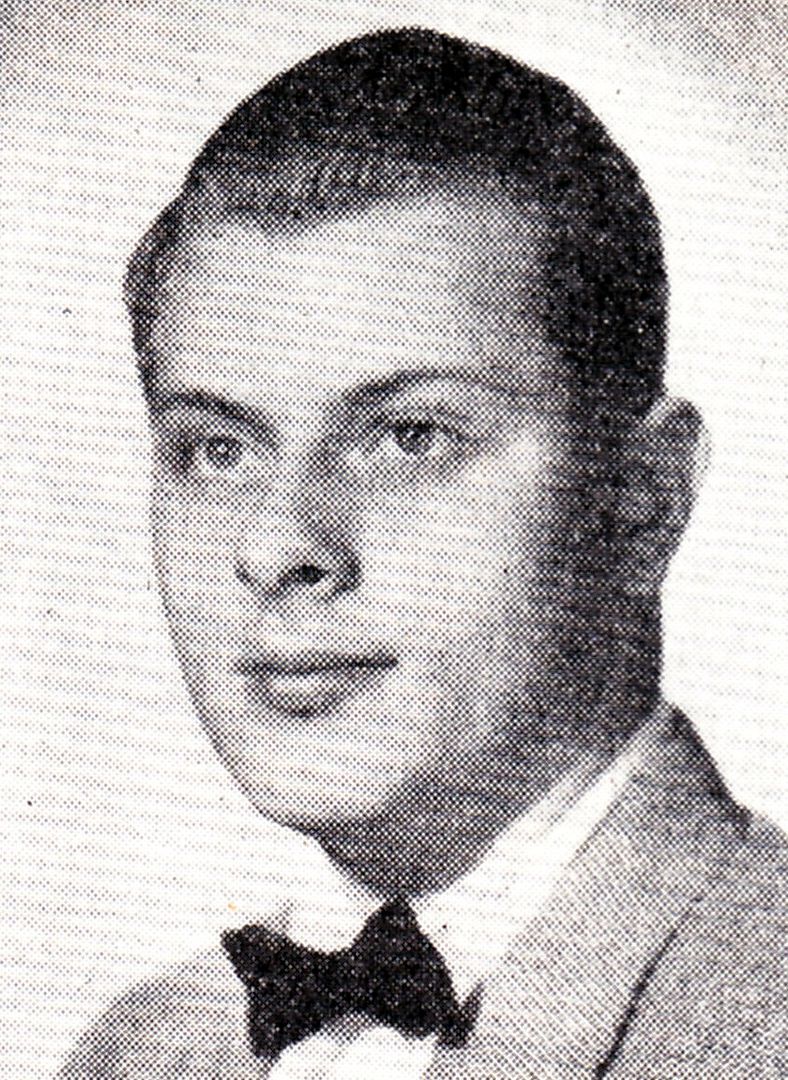 Who doesn’t smile to see a model train chugging around its track, miniature houses and trees in place, lights and whistles on the engine? The longer the track, the more the curves and switches, the longer the tunnels – the better.
Who doesn’t smile to see a model train chugging around its track, miniature houses and trees in place, lights and whistles on the engine? The longer the track, the more the curves and switches, the longer the tunnels – the better.
Douglas Gordon Hook (1939-1992) loved model trains. His father bought him his first one when he was two years old to brighten a childhood filled with too many lengthy hospital stays. Born in New York City, Douglas was injured at birth, lived his first months in an incubator, and was hospitalized at intervals until he was eleven. Even then his body was not robust. His first child’s train was replaced through the years by more sophisticated models, longer and more elaborate tracks, engines that whistled and smoked, and toy villages to complete the illusion of a miniature world in which he had total freedom of movement.
The interests of the maturing boy gradually turned into adult channels. Scientific studies and philosophical problems replaced model trains. Douglas settled in Houston – I have clues, but not yet confirmation, that he was involved in the space industry there. (Is there a Houston reader who will volunteer to flesh out this story? His obituary from a newspaper in your local library – he died 9 March 1992 – could tell us quite a bit more.)
Douglas was not a religious man. He believed in the potential of mankind, however, and supported causes for mankind’s advancement. His name appears on the lists of donors in multiple charitable drives, usually for the benefit of individual families in crisis. He was active in the group “Humanists of Houston,” serving as their president for a period.
Houston, Texas may have benefited most often from his compassion and his personal commitment to bettering the lives of others, but it was hardly the first. That consistent charity was part of Douglas Hook’s life at least as far back as 1954, when he was a straight-A junior at Cypress High School in Magna, Utah, where his father’s work had brought the family for a time.
The 15-year-old’s interests had grown in so many directions that he seldom had time to indulge his fondness for the train set up in his family’s basement. He thought about selling it – the train was estimated to be worth $300 in 1950s dollars – so that some other boy could enjoy it.
But then he had a better idea.
Douglas spent his entire Christmas vacation in 1954 setting up the train in its sunny new home. He wired the 16-foot-long table to power the track (it took 265 feet of wire for that) and polished and adjusted and put every detail of the set in perfect condition. Then he set the train to running with all its whistles and lights, and even smoke puffing from the engine, and stepped back to watch the train’s new owners get their first wide-eyed look.
Some of them were on crutches, others in wheelchairs or on walkers, and a few were flat on their backs in beds wheeled into the playroom. But all the orthopedic patients of the Primary Children’s Hospital (on its lot where the Conference Center now stands) were entranced by the model train, as fascinated as Douglas had been during his own hospitalized childhood. “I thought,” he said, “that perhaps many of the children there are from remote places where they may not even see trains and that they would really like it.”
He did not want publicity but finally agreed to allow his gift to be reported: “The only reason I am willing to have it written up is the hope that it might help people to think more about hospitals and unfortunate children in them, deprived of normal childhood activities. It might make others think of something they can do.”
.

Continue reading at the original source →



